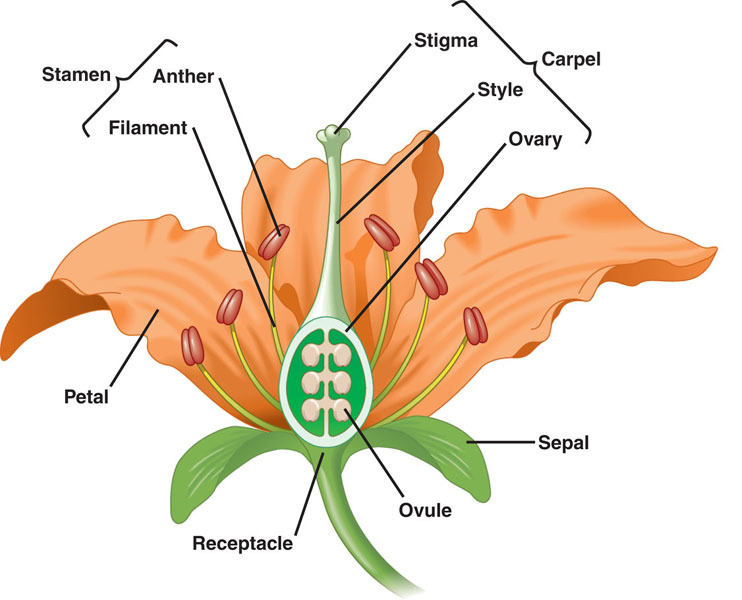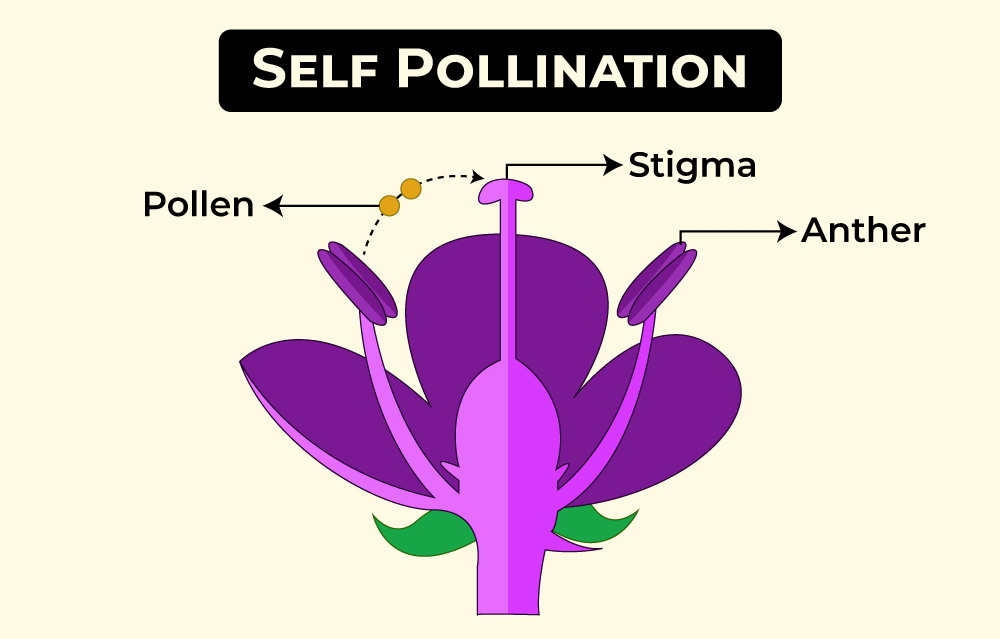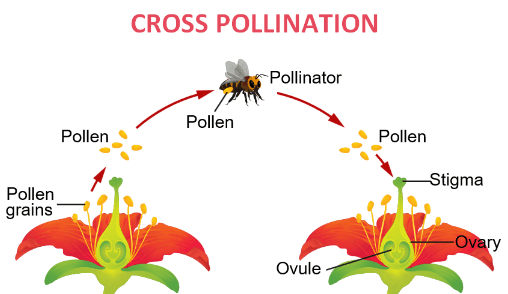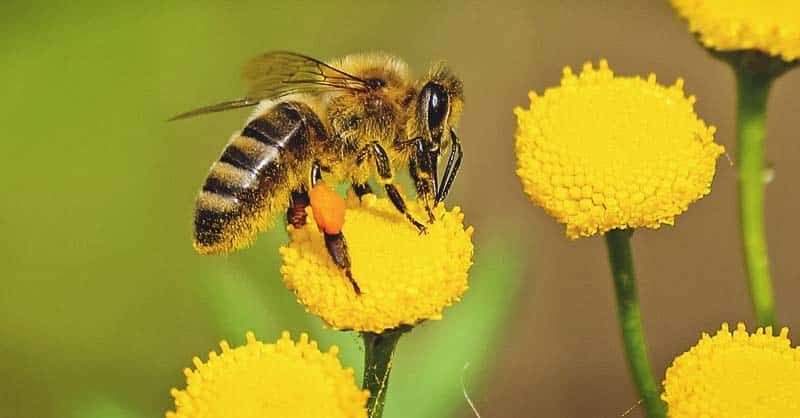Pollination: The role of flowers in plant reproduction
Introduction
Pollination is one of the most critical biological processes on Earth, serving as the primary means through which flowering plants reproduce. Flowers, the reproductive structures of angiosperms, have evolved in myriad forms and colors to attract various pollinators. These pollinators—ranging from insects, birds, and mammals to wind and water—carry pollen grains from the male part of the flower (the anther) to the female part (the stigma). This seemingly simple transfer is essential for the fertilization of the ovules in the plant, ultimately resulting in the production of seeds and fruit.
Understanding pollination is fundamental not only to biology but also to agriculture and ecosystem conservation. Approximately 75% of the world’s flowering plants rely on pollinators, and over a third of global food crops depend on pollination. Without pollination, the biodiversity of the planet would suffer significantly, leading to devastating ecological consequences.
Anatomy of a Flower
To grasp how pollination works, it is important to understand the structure of flowers. Flowers have male and female reproductive organs:
- Stamen (Male Reproductive Part):
- Anther: The part of the stamen where pollen grains are produced.
- Filament: A slender stalk that supports the anther.
- Pistil (Female Reproductive Part):
- Stigma: The sticky surface at the top of the pistil where pollen grains land.
- Style: A tube that connects the stigma to the ovary.
- Ovary: Contains ovules which develop into seeds once fertilized.
Surrounding these reproductive organs are petals, often colorful and fragrant to attract pollinators, and sepals, which protect the flower before it blooms.

Types of Pollination
Pollination can occur through various mechanisms, and understanding the different types is crucial to understanding the role of flowers in plant reproduction.
1. Self-Pollination (Autogamy)
Self-pollination occurs when pollen from the anther of a flower is transferred to the stigma of the same flower or another flower on the same plant. This can happen in two ways:
- Autogamy: The transfer of pollen within the same flower.
- Geitonogamy: The transfer of pollen between flowers on the same plant.

Self-pollination ensures reproduction when pollinators are scarce or environmental conditions are less conducive to cross-pollination. However, it results in reduced genetic diversity, which can make plants more susceptible to diseases and environmental changes.
2. Cross-Pollination (Allogamy)
In cross-pollination, pollen from the anther of one plant is transferred to the stigma of a flower on a different plant of the same species. This method of pollination is more common and results in greater genetic diversity, giving plants a better chance of adapting to changing environmental conditions. Cross-pollination can occur through different agents, primarily biotic (living organisms) or abiotic (non-living forces).

Agents of Pollination
Pollination is facilitated by both biotic and abiotic agents. Each pollination agent has a unique role in the process.

1. Biotic Pollination
Biotic pollination refers to the transfer of pollen through living organisms. Flowers have evolved to attract specific pollinators by offering rewards such as nectar and pollen, and by using signals like color, fragrance, and shape.
- Insects (Entomophily): The most common pollinators are insects, particularly bees, butterflies, moths, beetles, and flies. Bees are perhaps the most important of these, as they actively collect pollen for their larvae while inadvertently pollinating plants. Flowers pollinated by insects are often brightly colored, fragrant, and may have nectar guides that lead pollinators to the reward.
- Birds (Ornithophily): In some ecosystems, birds are crucial pollinators. Hummingbirds, sunbirds, and honeyeaters are attracted to brightly colored flowers, particularly red, which have tubular shapes that accommodate their long beaks. Flowers pollinated by birds often have abundant nectar and are usually odorless since birds rely more on sight than smell.
- Mammals (Chiropterophily and Zoophily): Bats are the primary mammalian pollinators and are particularly important in tropical and desert regions. Bat-pollinated flowers typically open at night, are large and pale, and emit strong scents. Other mammals, such as lemurs and rodents, also contribute to pollination in certain ecosystems, although their role is less widespread.
2. Abiotic Pollination
Abiotic pollination occurs through non-living mechanisms like wind and water.
- Wind (Anemophily): Many plants, particularly grasses and trees like oaks and pines, rely on the wind to transfer pollen. These plants typically have inconspicuous flowers that lack color and scent, as they do not need to attract pollinators. The flowers produce large amounts of lightweight pollen that can be easily carried by the wind. Wind pollination is common in plants where pollinators are scarce, but it is less targeted than biotic pollination, often resulting in wasted pollen.
- Water (Hydrophily): Hydrophily is rare and occurs mostly in aquatic plants. In water pollination, pollen floats on the water’s surface or is submerged until it reaches the female flowers. This type of pollination is usually found in submerged aquatic plants like eelgrass. Since water is not a very efficient medium for pollination, plants that rely on hydrophily tend to be less common.
Co-evolution of Flowers and Pollinators
The relationship between flowers and their pollinators is an excellent example of co-evolution, where both the plant and the pollinator evolve traits that benefit each other. Flowers have evolved specific characteristics to attract particular pollinators, while pollinators have developed features that make them more efficient at gathering nectar or pollen.
For example, the long tubular flowers of trumpet vines are perfectly suited for hummingbirds with long beaks. Likewise, some orchids have evolved to mimic the appearance of female insects, tricking male insects into attempting to mate with the flower, thereby transferring pollen in the process.
This co-evolution has resulted in highly specialized interactions, although it can also make plants vulnerable if their specific pollinator species declines or becomes extinct.
The Importance of Pollination in Agriculture
Pollination is a crucial process in agriculture, as many of the fruits, vegetables, and nuts we consume rely on it for reproduction. Crops such as apples, almonds, blueberries, and tomatoes are dependent on pollinators, particularly bees, for fruit development.
Honeybees (Apis mellifera) are the most widely managed pollinators, and they play an indispensable role in commercial agriculture. Farmers often transport honeybee colonies to their fields to ensure adequate pollination of crops. However, native pollinators like bumblebees, solitary bees, and even wild insects are also important contributors to agricultural pollination.
Pollination services have become an essential part of modern agriculture, as the decline in wild pollinators due to habitat loss, pesticide use, and climate change has placed increasing pressure on managed pollinator populations. This dependence on pollinators highlights the need for sustainable agricultural practices and the protection of pollinator habitats.

Threats to Pollination
The global decline in pollinator populations is a major concern for biodiversity and agriculture. Several factors have contributed to this decline:
- Habitat loss: Urbanization, deforestation, and agricultural expansion have reduced the natural habitats of pollinators.
- Pesticides: Chemicals used in agriculture can be toxic to pollinators, particularly neonicotinoids, which are known to harm bees.
- Climate change: Changes in temperature and weather patterns affect the availability of flowers and the behavior of pollinators. In some cases, plants and their pollinators become desynchronized, meaning flowers may bloom before pollinators emerge.
- Disease and parasites: Pathogens like the varroa mite have devastated honeybee populations worldwide.
Conservation of Pollinators
Given the critical role that pollinators play in ecosystems and agriculture, conservation efforts are essential to protect these species and ensure the continued success of plant reproduction. Some conservation strategies include:
- Habitat restoration: Restoring and protecting habitats such as wildflower meadows and hedgerows provides pollinators with the resources they need to thrive.
- Pesticide regulation: Reducing or eliminating the use of harmful pesticides can significantly reduce the threats to pollinators.
- Promoting biodiversity: Encouraging a diversity of plant species in gardens, farms, and natural landscapes can support a wide range of pollinators.
- Pollinator-friendly farming practices: Farmers can create pollinator-friendly environments by planting cover crops, maintaining wildflower strips, and avoiding monocultures.
Conclusion
Pollination is a vital process that underpins the reproductive success of flowering plants and the ecosystems they support. The intricate relationship between flowers and their pollinators showcases the marvel of co-evolution and highlights the importance of biodiversity. However, the global decline of pollinators presents a significant challenge that demands immediate attention from scientists, farmers, and policymakers alike.
By understanding and supporting pollination, we can ensure the continued production of food, maintain healthy ecosystems, and preserve the extraordinary diversity of life on Earth.
12 thoughts on “Pollination: The role of flowers in plant reproduction”
Pretty nice post. I just stumbled upon your weblog and wished to say that I’ve really enjoyed browsing your blog posts. In any case I will be subscribing to your feed and I hope you write again very soon!
Thank you
I am not sure where you’re getting your information, but great topic. I needs to spend some time learning more or understanding more. Thanks for wonderful info I was looking for this information for my mission.
My brother recommended I might like this web site. He was entirely right. This post actually made my day. You cann’t imagine just how much time I had spent for this information! Thanks!
Thank you for sharing superb informations. Your web-site is very cool. I am impressed by the details that you have on this blog. It reveals how nicely you perceive this subject. Bookmarked this website page, will come back for extra articles. You, my friend, ROCK! I found just the info I already searched all over the place and just could not come across. What a perfect web site.
Thank you
We absolutely love your blog and find many of your post’s to be exactly I’m looking for. Does one offer guest writers to write content in your case? I wouldn’t mind publishing a post or elaborating on a few of the subjects you write in relation to here. Again, awesome blog!
Thank you for your post. I really enjoyed reading it, especially because it addressed my issue. It helped me a lot and I hope it will also help others.
May I request that you elaborate on that? Your posts have been extremely helpful to me. Thank you!
Wow, awesome blog layout! How lengthy have you ever been blogging for? you made running a blog glance easy. The full glance of your web site is wonderful, as well as the content!
Your articles are extremely helpful to me. Please provide more information! http://www.hairstylesvip.com
May I simply say what a relief to find somebody who genuinely understands
what they’re talking about online. You definitely understand how to
bring a problem to light and make it important. A lot more people have to look at this and understand this side of the
story. It’s surprising you aren’t more popular because you surely possess the gift.